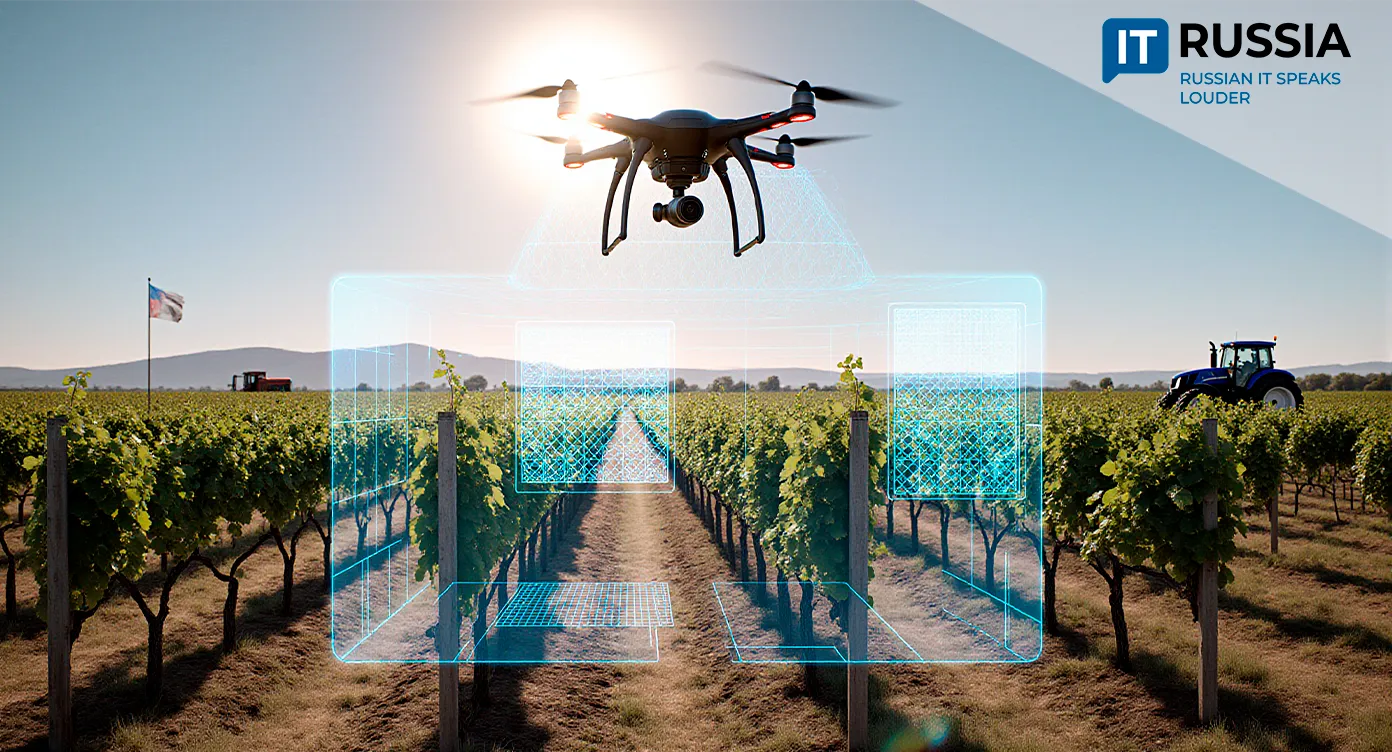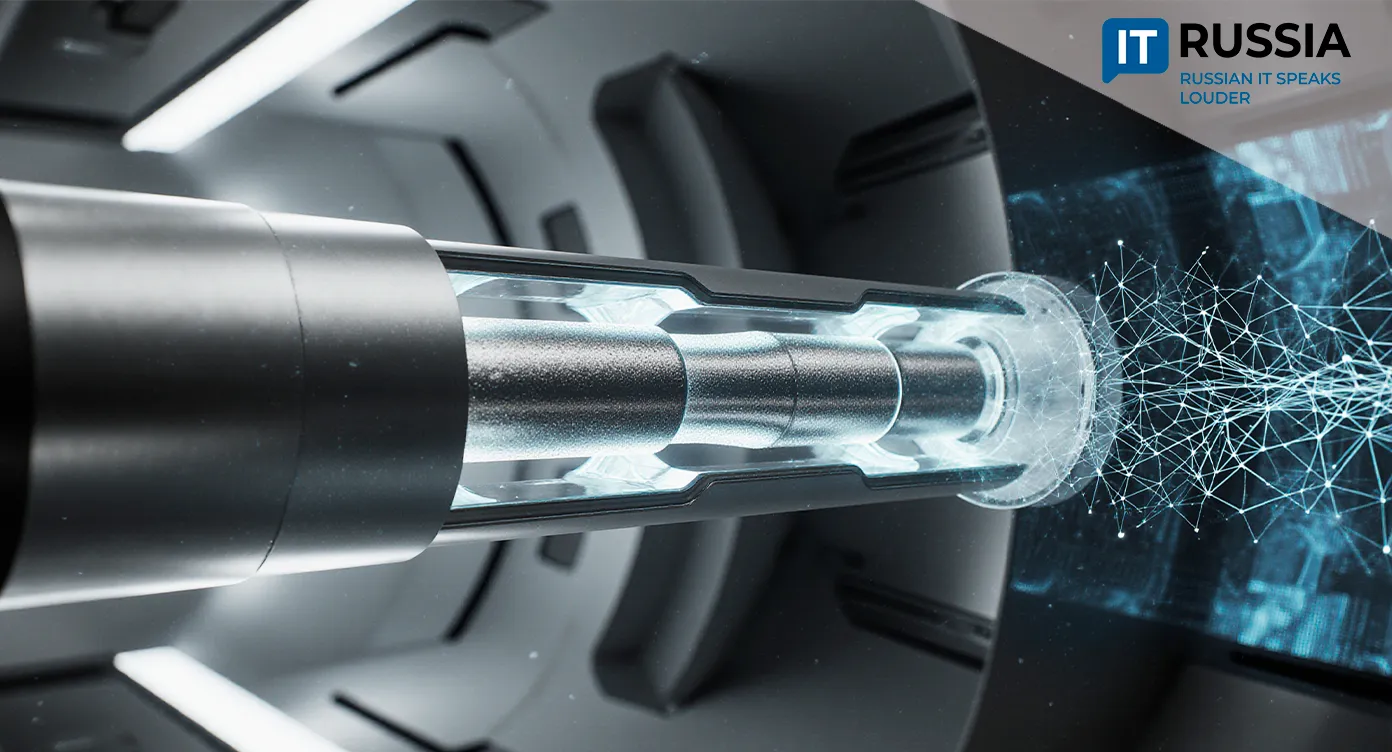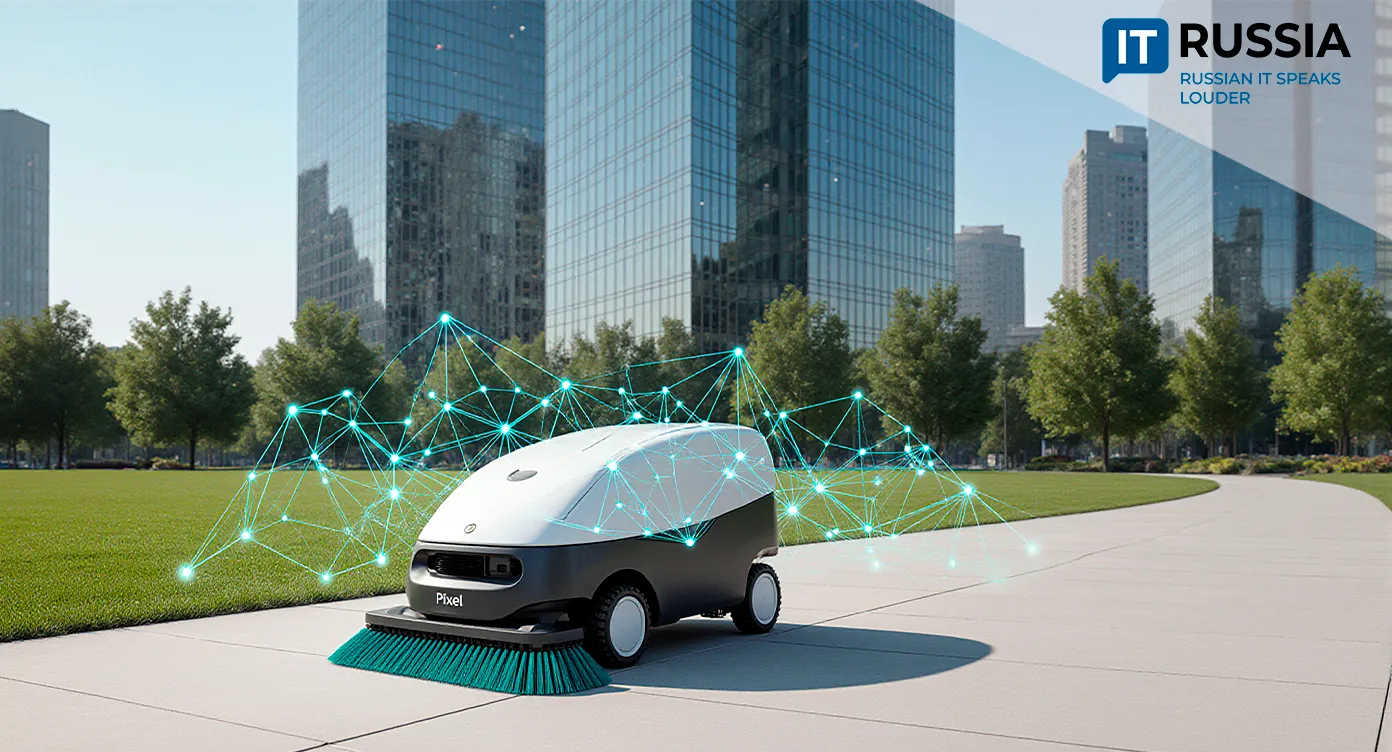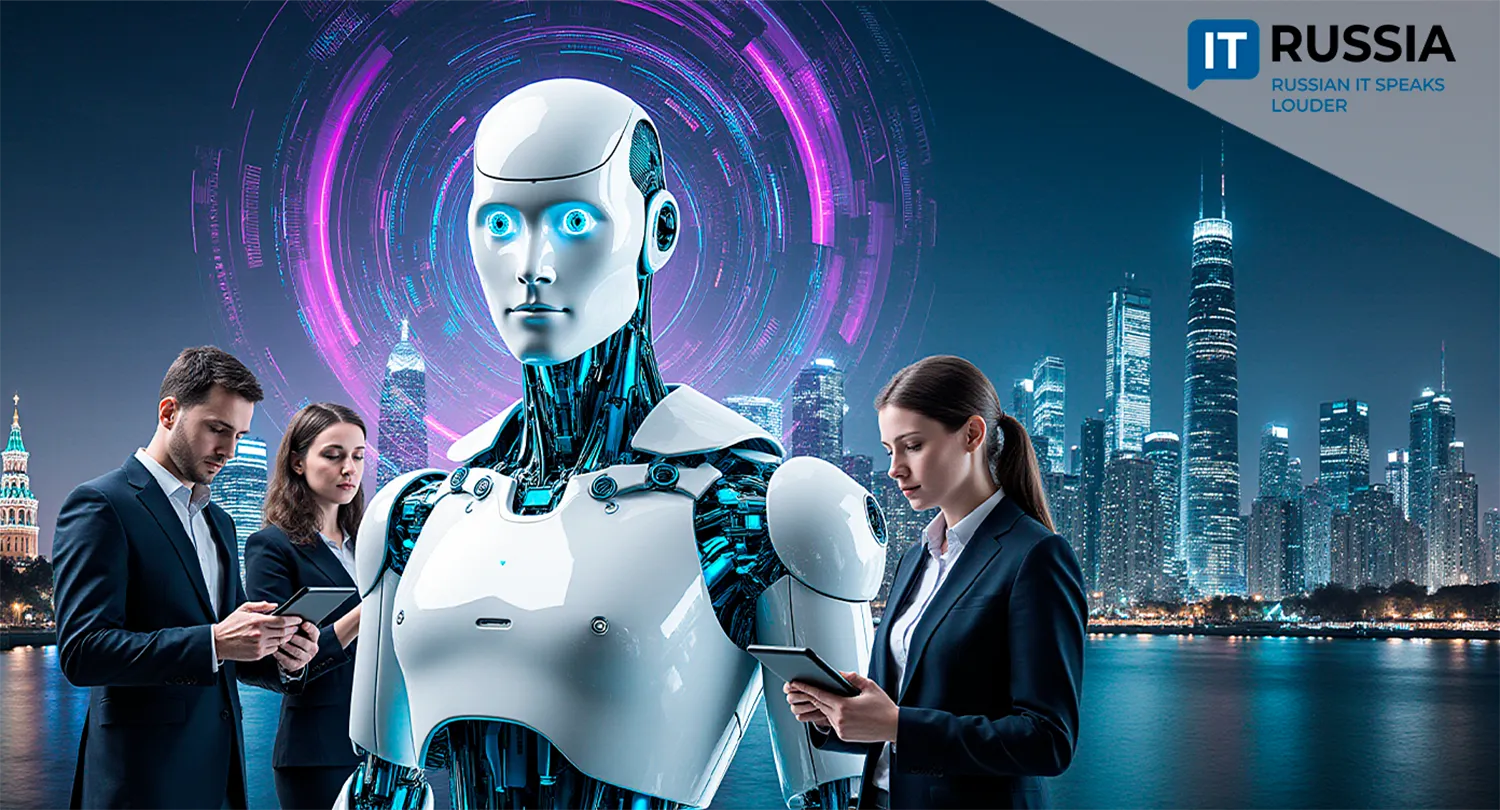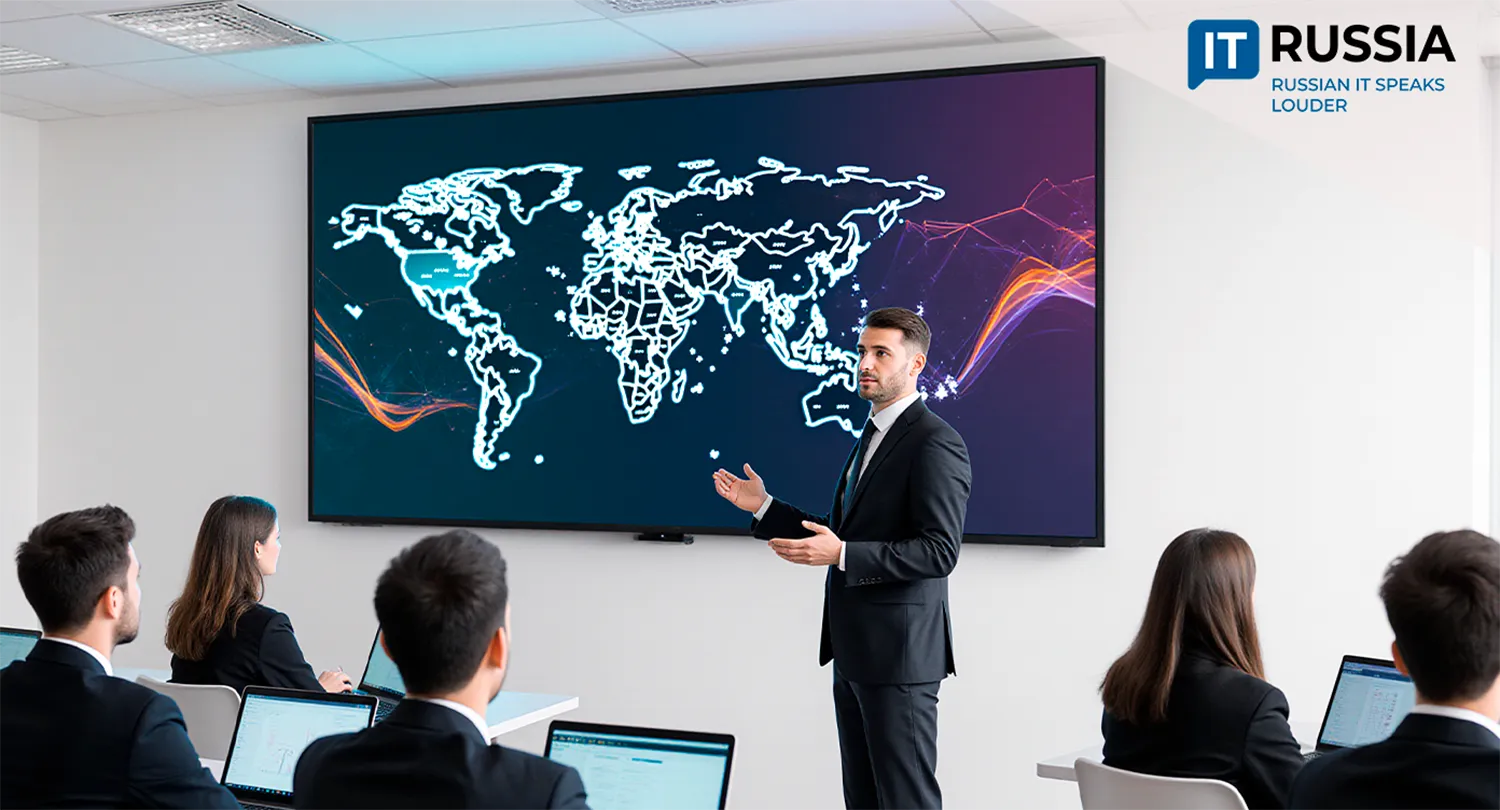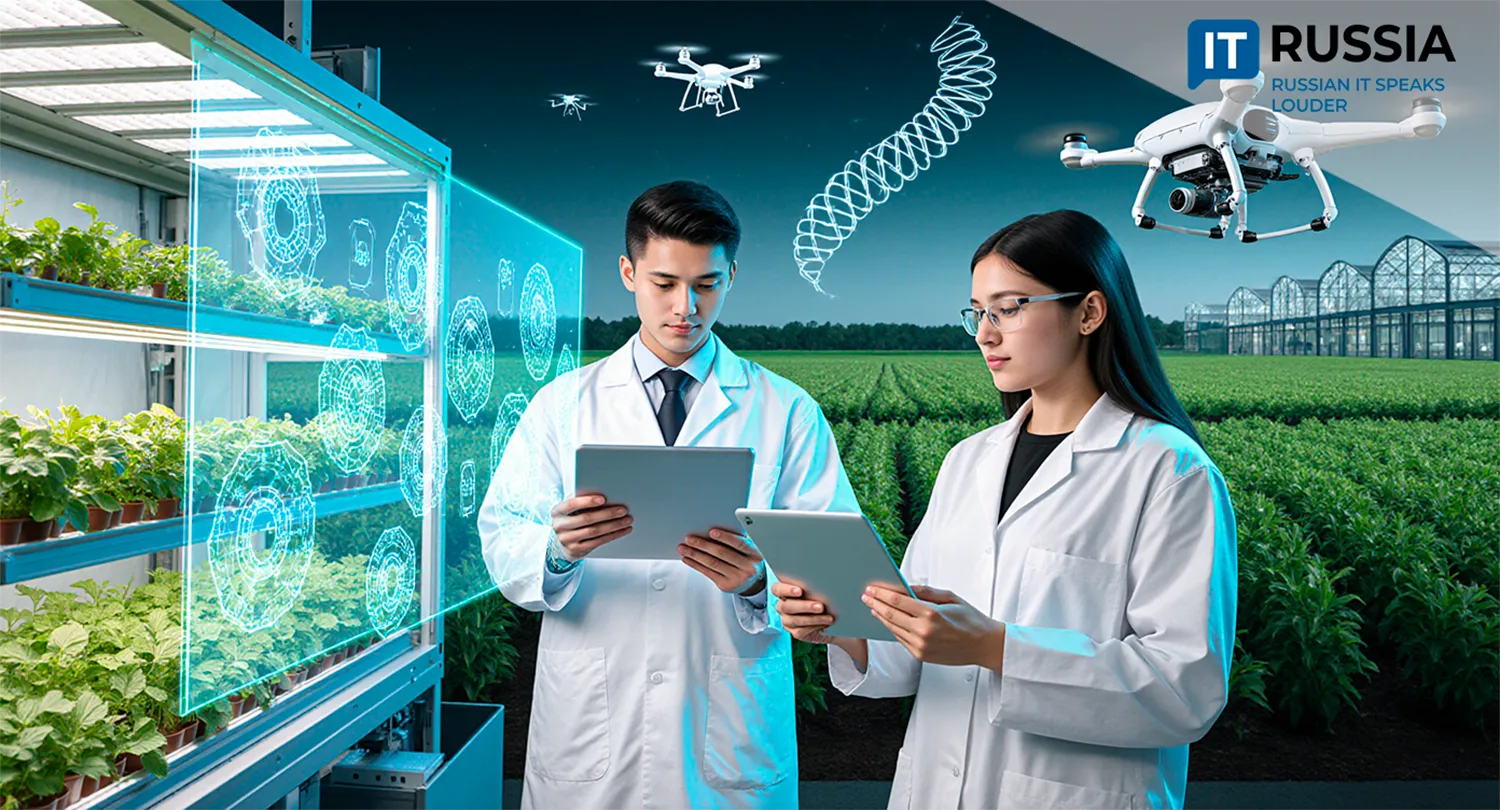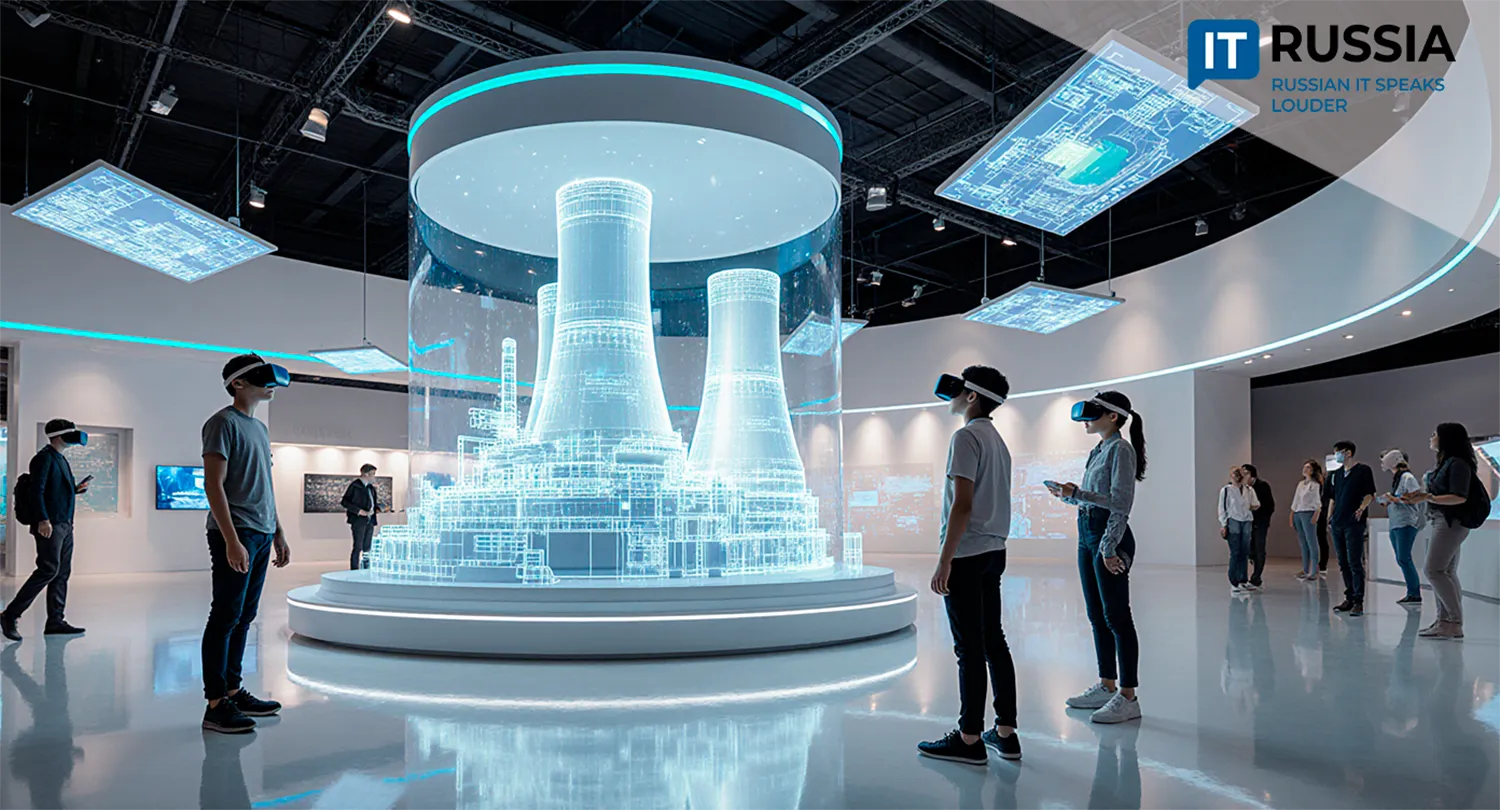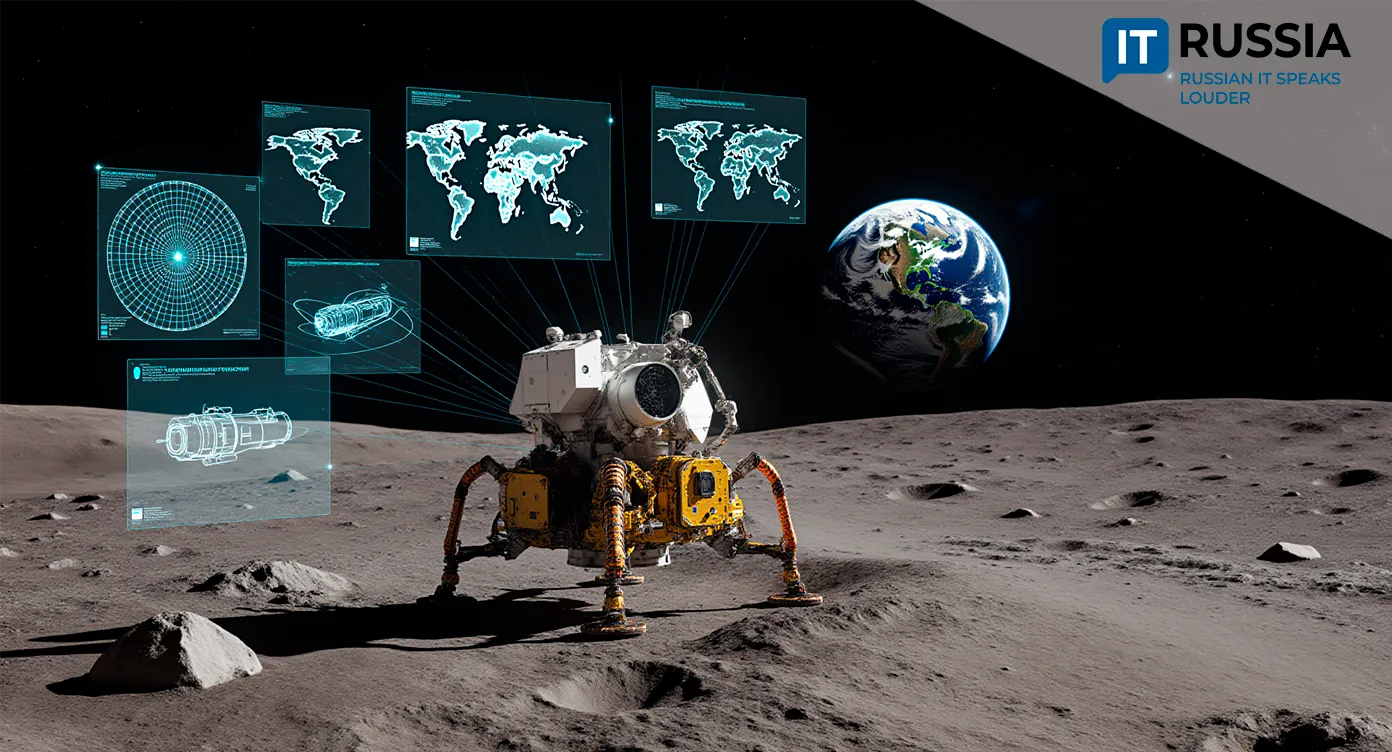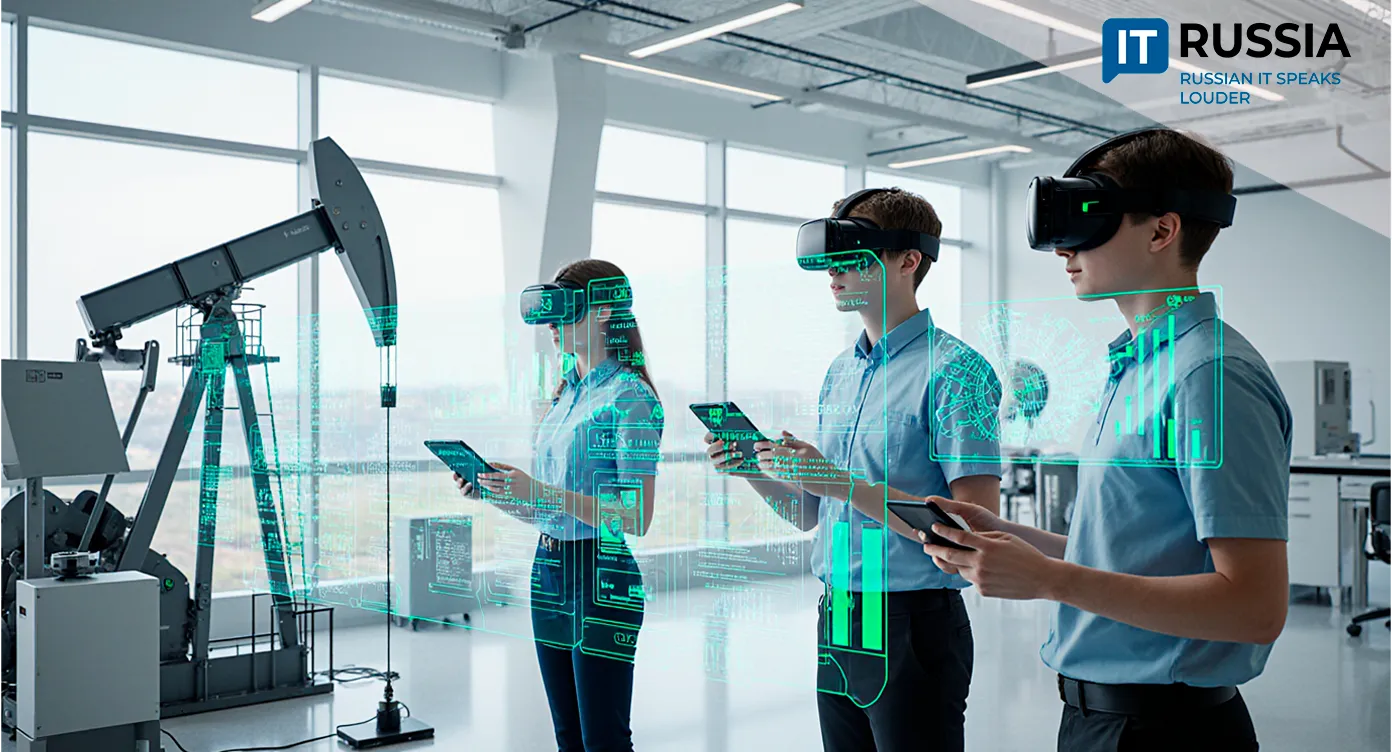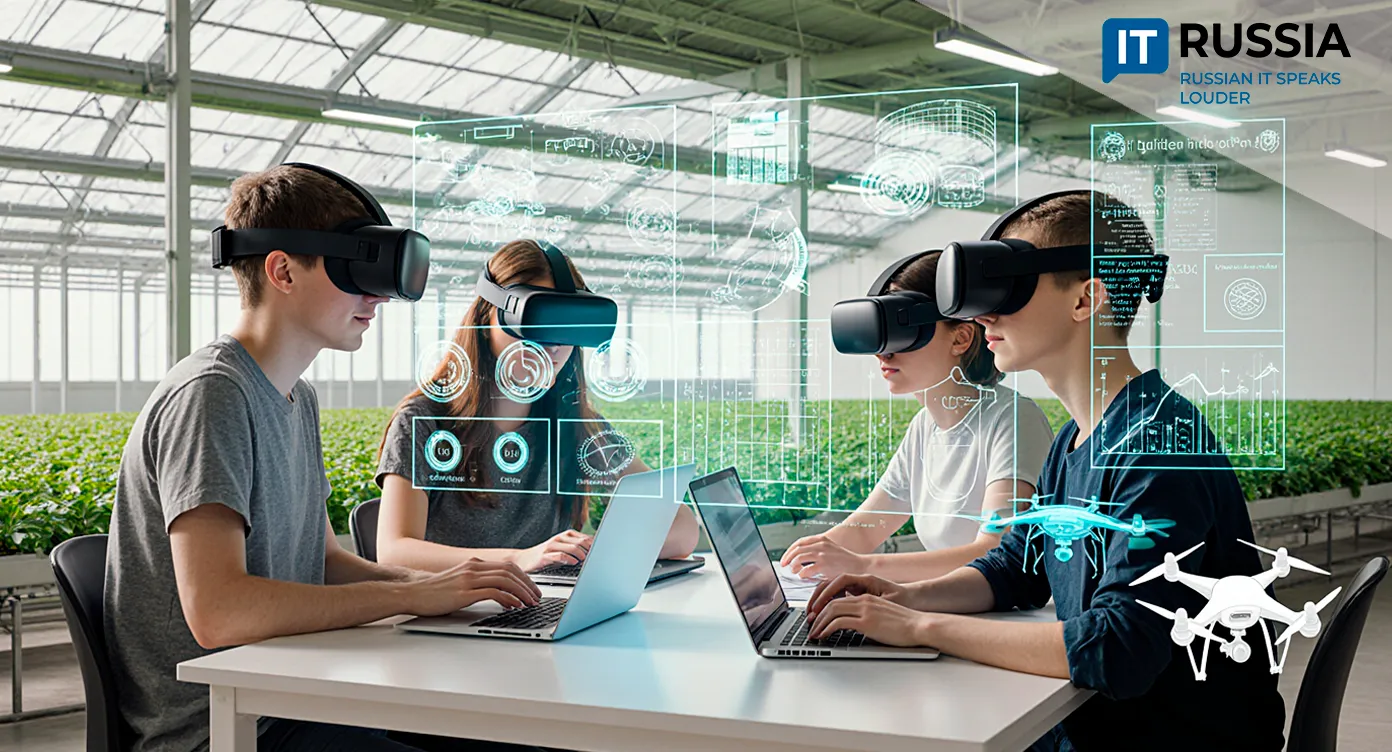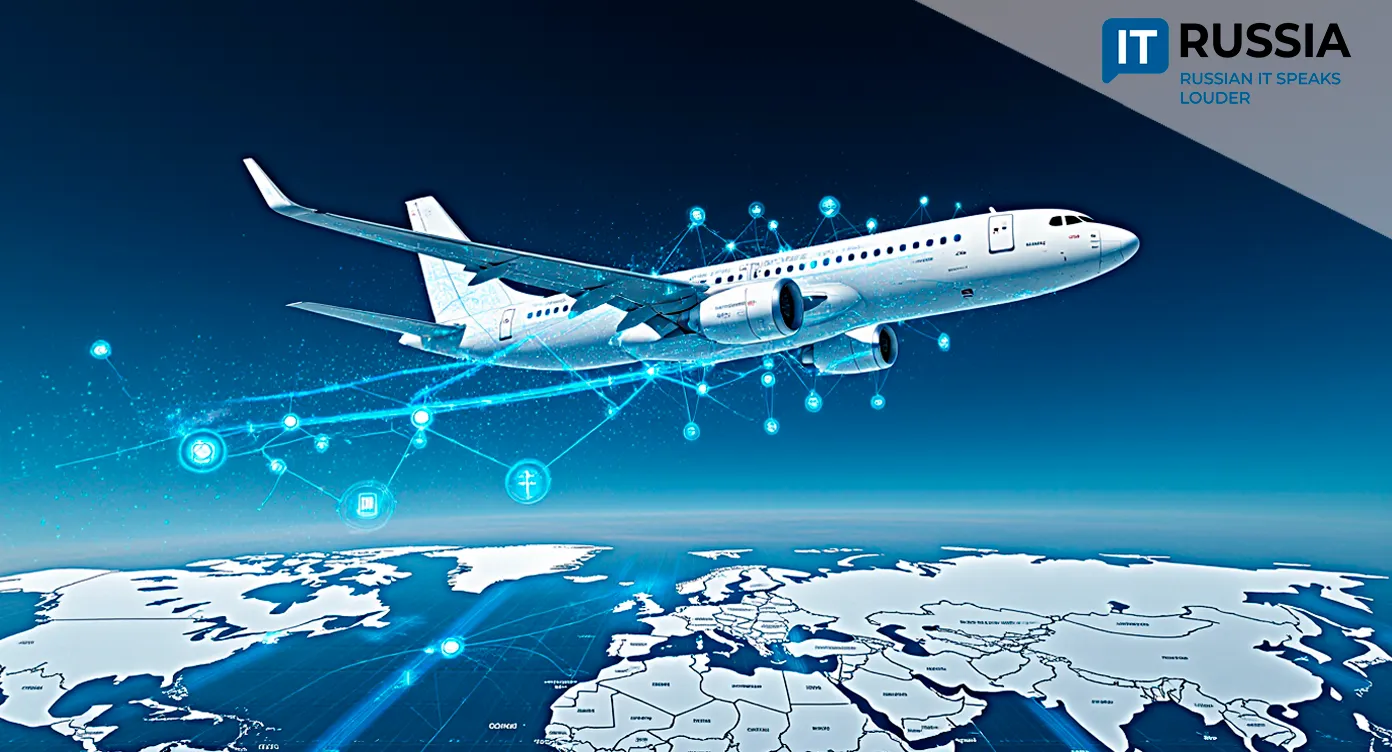Through Intersections Without Stopping
Researchers in Chelyabinsk have unveiled the country’s first mobile app based on computer vision that allows drivers to pass through city intersections without stopping.
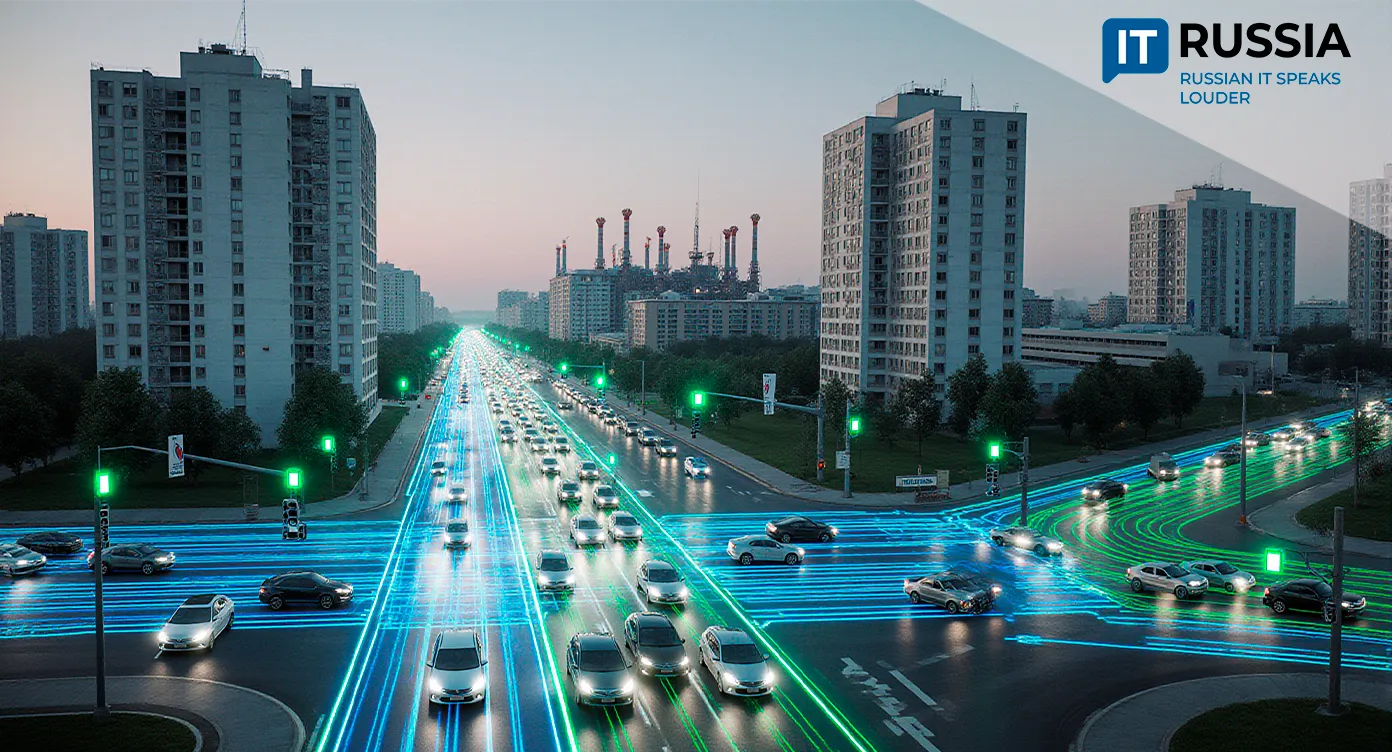
Technological Breakthrough
The mobile app, developed under the guidance of Vladimir Shepelev, PhD in Engineering, introduces a fundamentally new approach to how cars interact with traffic light infrastructure. Unlike global analogues, the Russian system relies on computer vision. It analyzes video streams from ordinary street surveillance cameras in real time, taking into account actual road conditions rather than abstract traffic light timers. Shepelev emphasized: “Global automakers are installing systems that simply display how many seconds remain until the light changes. Our solution addresses a far more complex challenge.”
The AIMS Eco system predicts the exact moment an intersection will clear with a precision unattainable for traditional systems. Its algorithm factors in the dynamics of individual vehicles, the number of cars in each lane, pedestrian flows, and other influences on signal timing.
Pilot trials in Chelyabinsk confirm the system’s effectiveness. At two connected intersections, vehicles following the app’s recommendations recorded virtually zero waiting time. The system also delivers fuel savings of 15–20% on regulated road sections and significantly reduces emissions of carbon dioxide and nitrogen oxides.
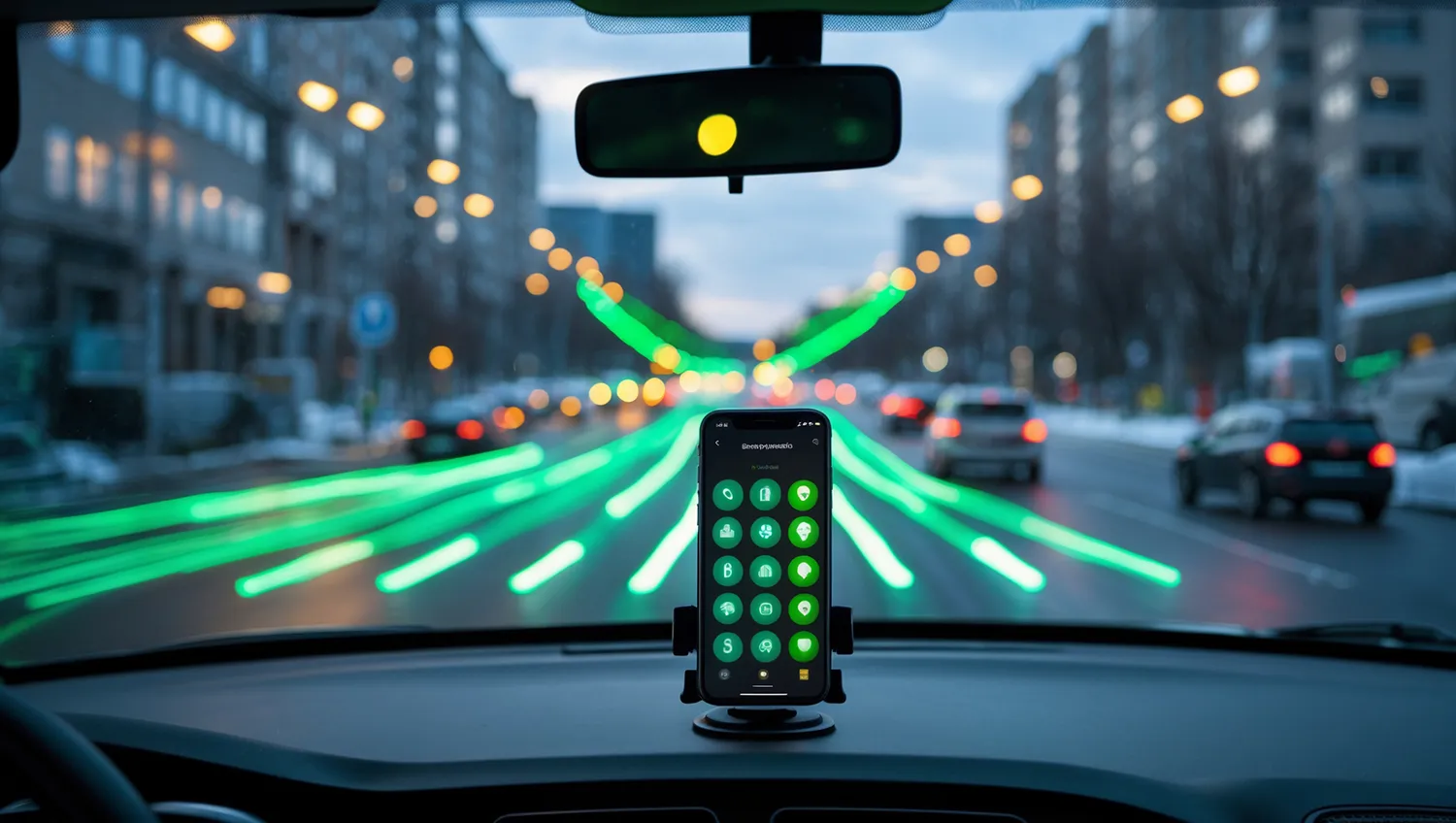
Deployment Potential
The Chelyabinsk innovation has wide potential for implementation in Russian cities and beyond. Domestically, it could be integrated into existing Smart City platforms, which enjoy strong government backing.
Its export prospects are especially promising given the rapid growth of the global intelligent transportation systems (ITS) market. Analysts project that by 2030–2032, ITS revenues will reach $56.95–61.77 billion, with an annual growth rate of 7.4–10.3%. Countries with heavy traffic and developing digital infrastructure, such as India and China — both expanding trade ties with Russia — are particularly attractive markets.
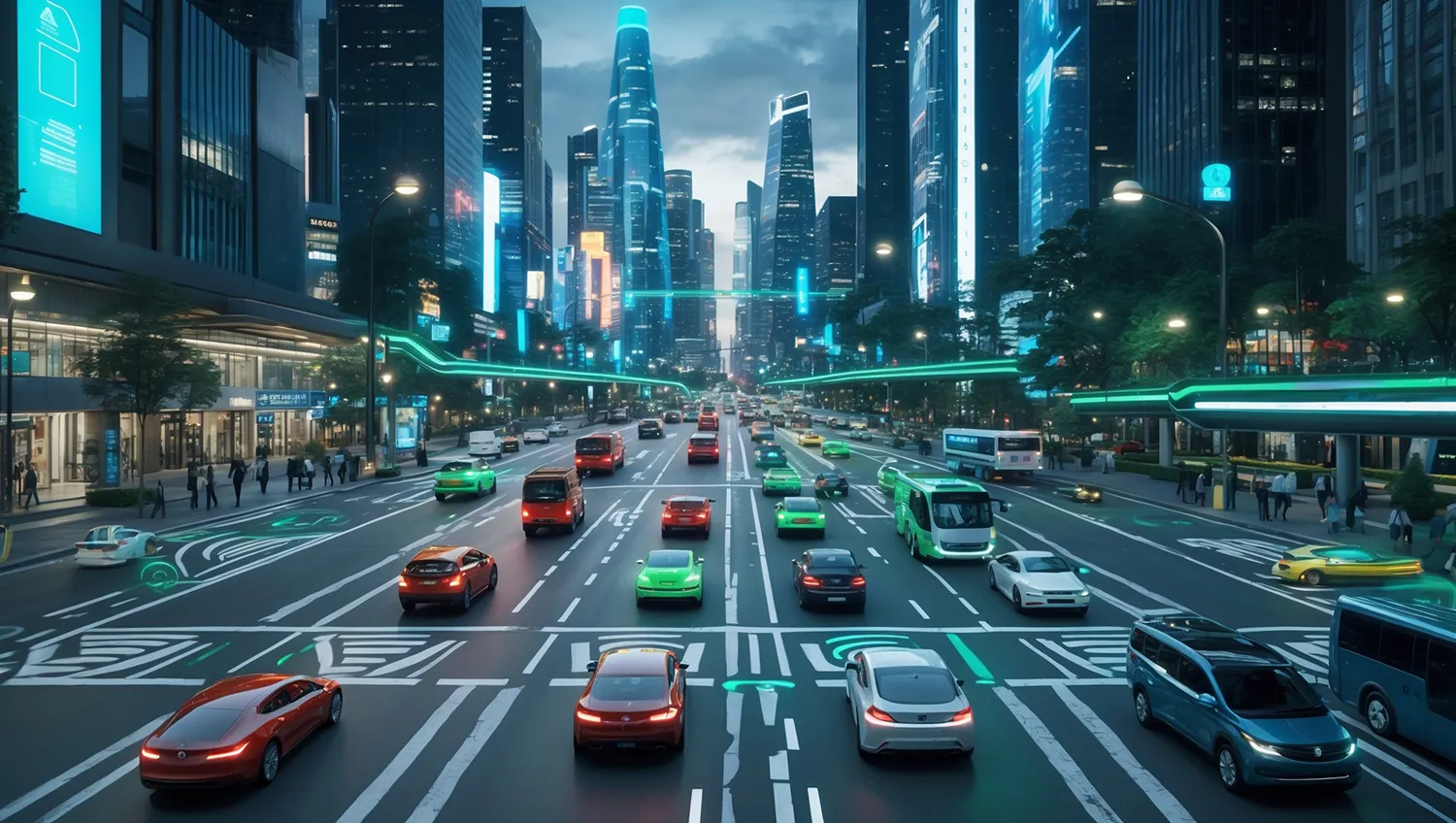
Historical Context and Global Experience
Moscow pioneered Russia’s adoption of smart traffic lights, launching an adaptive traffic control system in 2022 that automatically adjusts to real-time road conditions.
Globally, traffic optimization technologies have been evolving for more than a decade. One example is GLOSA (Green Light Optimal Speed Advisory), already deployed across Europe and the United States. Germany and the Netherlands use systems that advise drivers on the optimal speed to cross intersections on green. Audi was the first automaker to bring such a service to production cars, starting in 2016 in the U.S.
Another cornerstone is Vehicle-to-Everything (V2X) communication, enabling cars to share data with infrastructure and each other. Russia has been advancing in this area as well: in 2022, domestic V2X devices were successfully tested on the Central Ring Road.
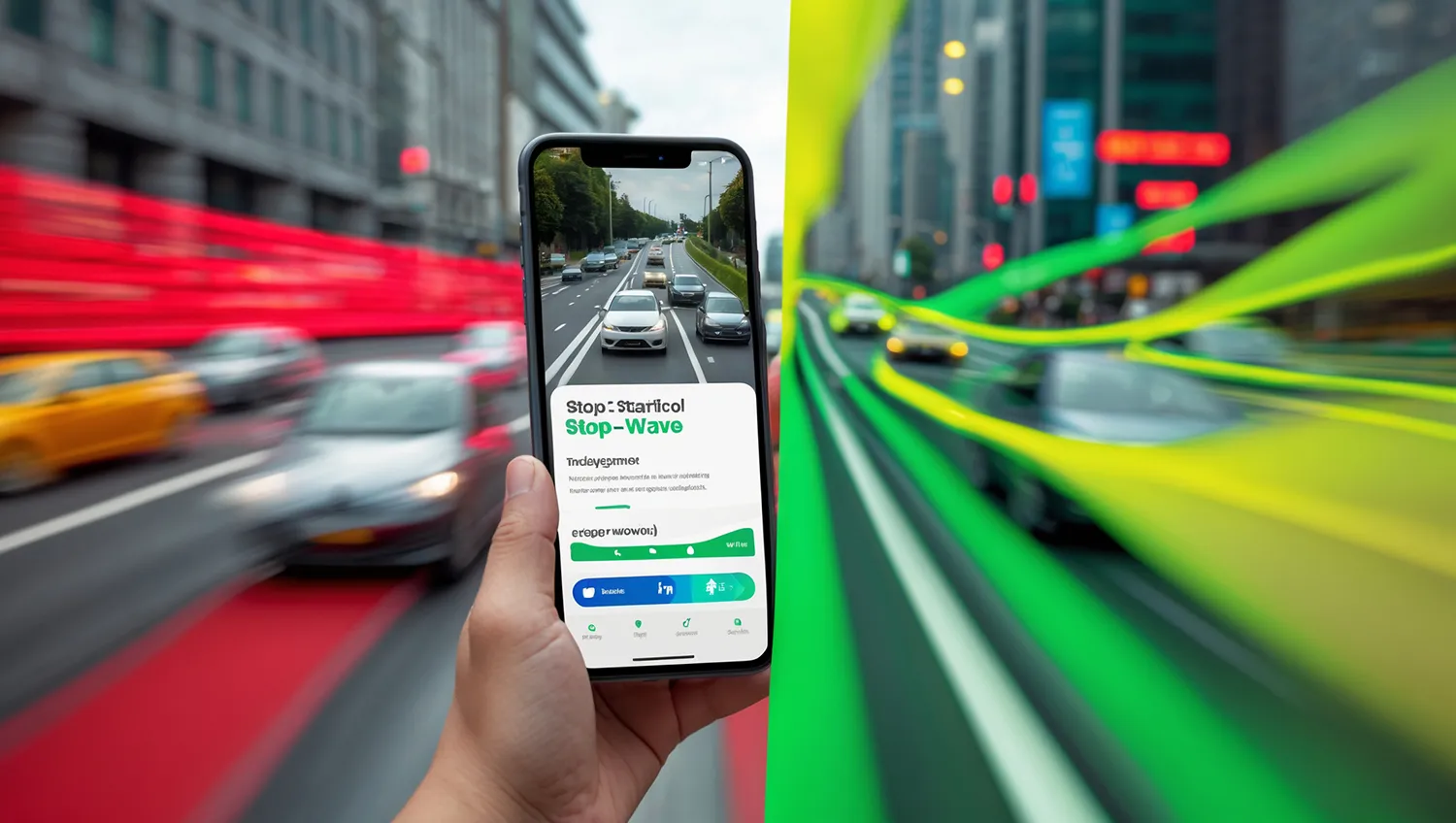
The Future of Intelligent Transport
The Chelyabinsk project arrives at a moment of profound transformation in transportation. Experts forecast that by 2030, millions of autonomous vehicles will be on the roads, with intelligent transportation systems forming the backbone of urban mobility.
The integration of technologies plays a decisive role. ITS are already helping cut CO2 emissions — projections suggest smart road systems could reduce emissions by 205 million tons globally by 2027 and save each driver 36 hours per year in traffic. The synergy between autonomous driving, electric vehicles, and V2X promises to revolutionize urban transport.
Integrating the Chelyabinsk app into this future ecosystem looks particularly attractive. As V2X and autonomous cars advance, the vision-based traffic light analysis could evolve from a mobile app into embedded onboard systems. This would support a true Vehicle-to-Everything environment, where cars and infrastructure communicate directly.
The success of Chelyabinsk’s pilot could serve as a catalyst for a national “Green Wave” program and pave the way for exporting Russian technology to global markets.






